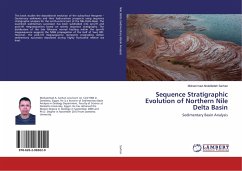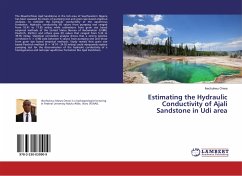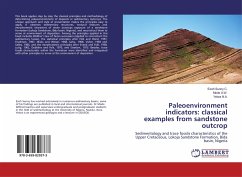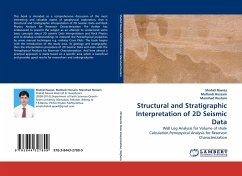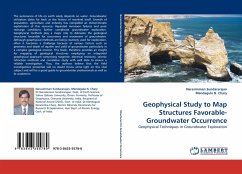During Early Permian (Artinskian) times, fluvial conditions prevailed in the Salt Range, Pakistan. Deposits of the Warchha Sandstone are characterised by a range of fluvial facies and architectural elements that together preserve a record of both the proximal and distal parts of a meandering river system. The Warchha Sandstone records the progradation of a wedge of non-marine strata into an otherwise shallow marine realm. The underlying marine Dandot Formation is terminated by a major unconformity that represents a type-I sequence boundary associated with a region-wide relative sea level fall and a significant regression of the Tethyan shoreline. The overlying Warchha Sandstone represents the onset of the subsequent lowstand system tract in which according to palaeocurrent and clast provenance analysis northward-flowing meandering river systems were supplied with clastic detritus from a tectonically-active source area that lay to the south (the Aravalli and Malani ranges). This episode of fluvial sedimentation was terminated by a widespread marine transgression, as represented by the abrupt upward transition to the overlying shallow marine Sardhai Formation.
Bitte wählen Sie Ihr Anliegen aus.
Rechnungen
Retourenschein anfordern
Bestellstatus
Storno


